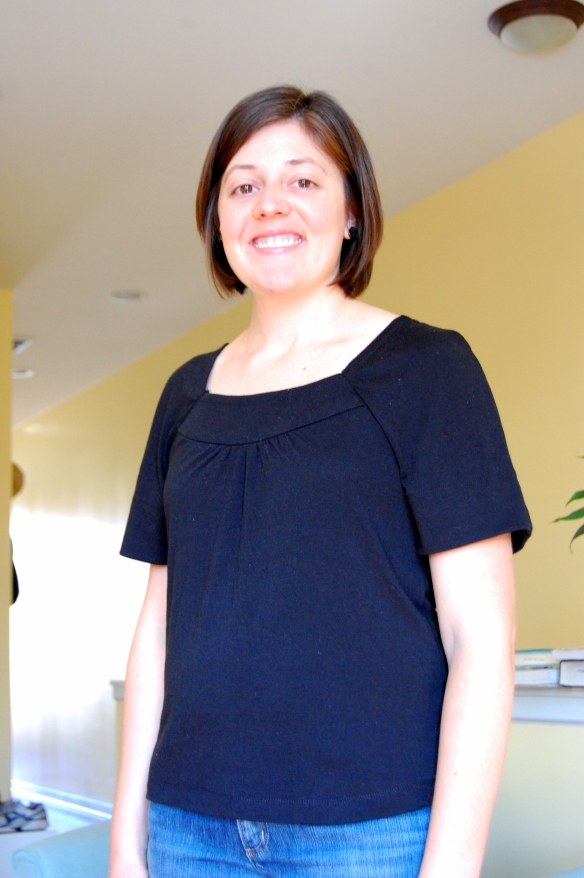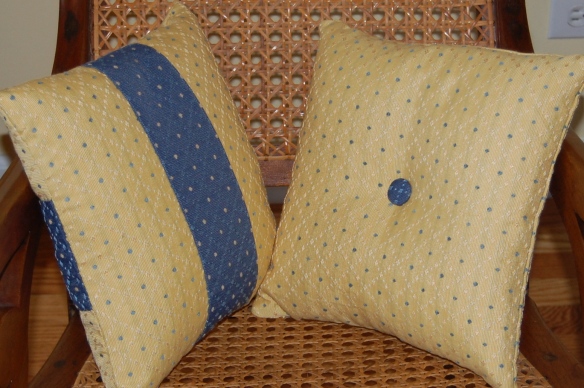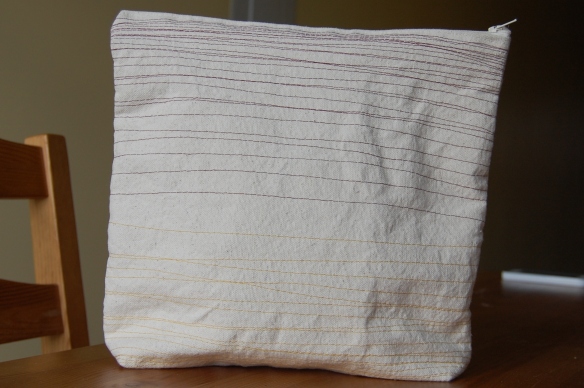For many people, spring is the time of year when they think most of new beginnings and fresh starts as the world turns from shades of white, gray and brown to greens, pinks and blues. For others, January first and New Year’s Resolutions trigger thoughts of starting afresh. For me, August says, “clean slate”. The new school year is always a time for me to begin with my best foot forward. Blank notebooks, a head full of ideas, a fresh routine, and new students all make me feel so positive about the year to come.
On a smaller scale, I feel the same way when I start a new sewing project. Instead of class rosters and sharpened pencils, I have yards of fabric and stylish patterns to represent this beginning. The sense of anticipation and openness is similar though. I get excited about diving into this experience, leaving behind any past disappointments or failures.
Sometimes I get in such a rush to get going on a new sewing project that I don’t stop to notice or savor the feeling. With limited sewing time, I get more caught up in making progress or sewing quickly. Instead I would like to slow myself down just enough to enjoy each step. I would prefer to be deliberate in my making, noticing how each step takes skill and brings me closer to my goal. I want to pause to appreciate the process of going from raw materials to finished garment.
















